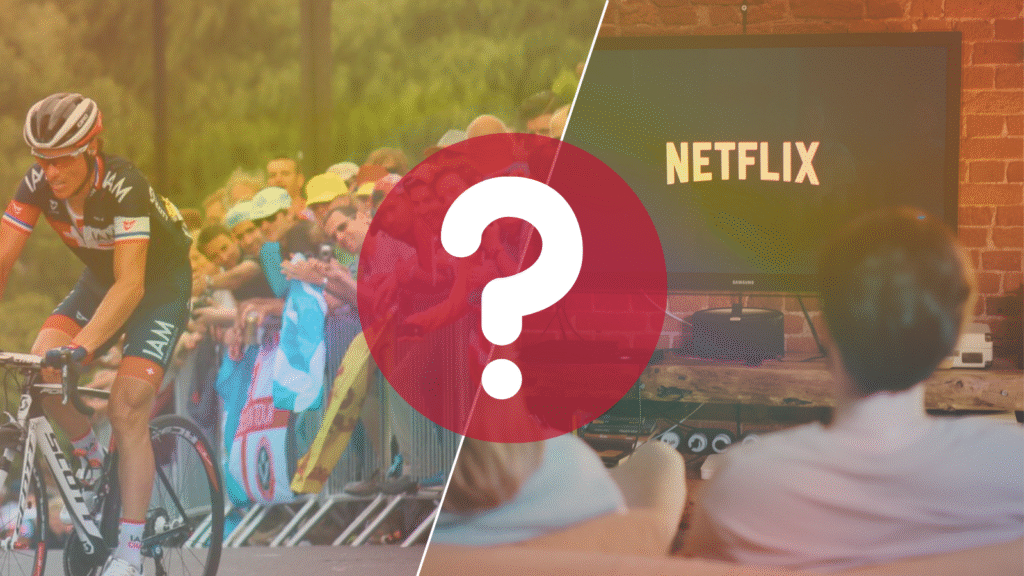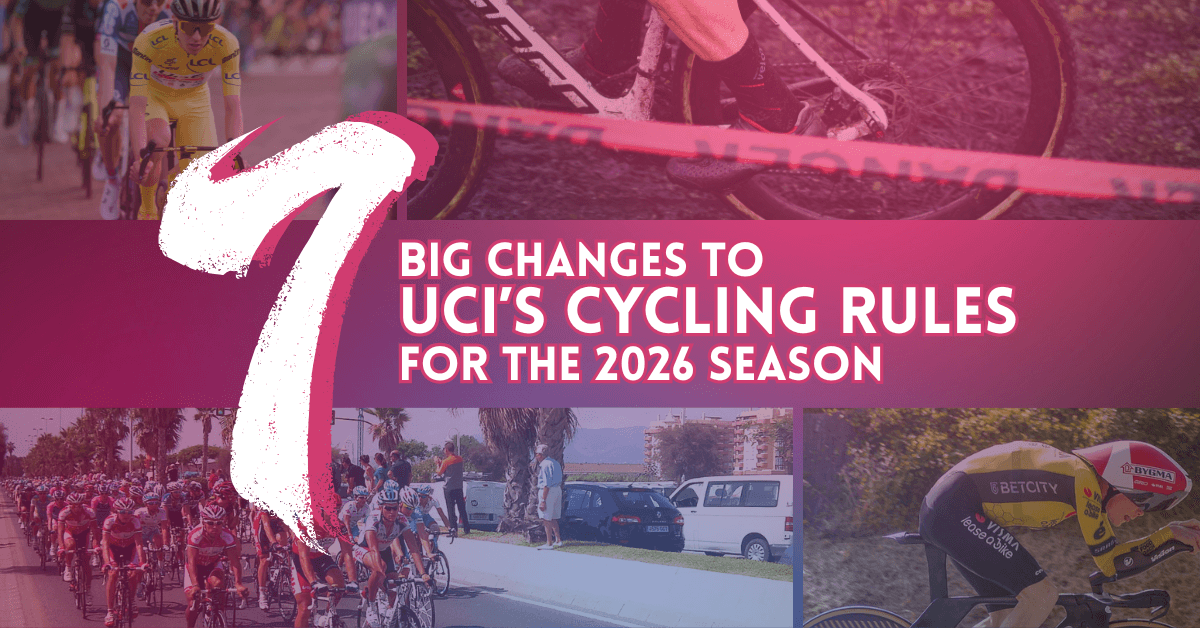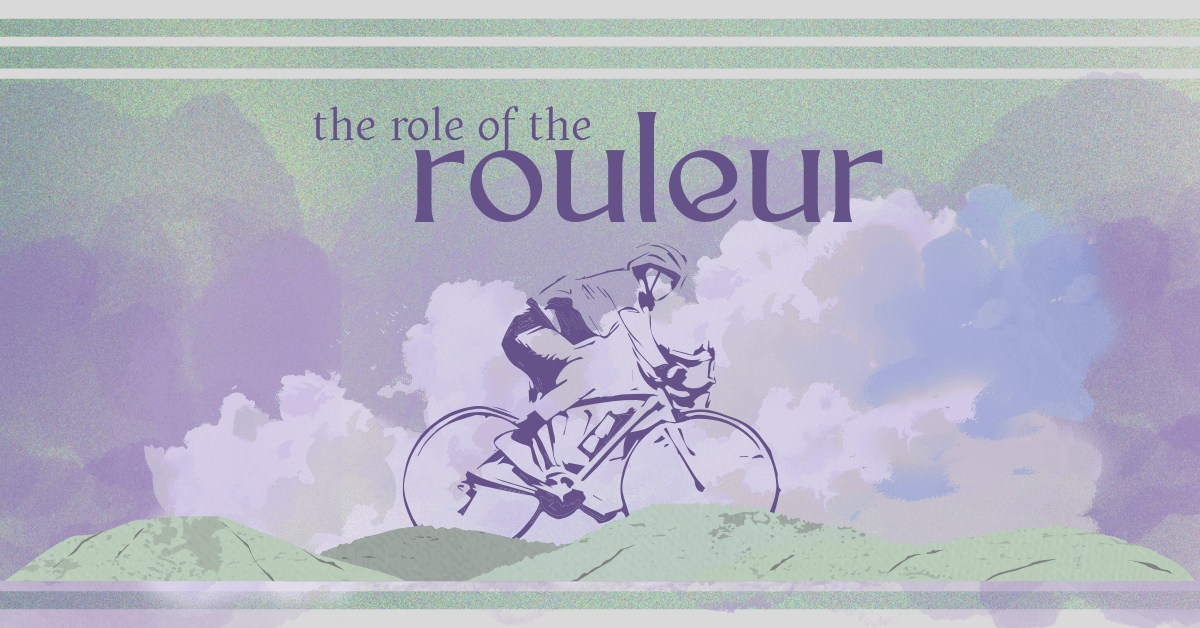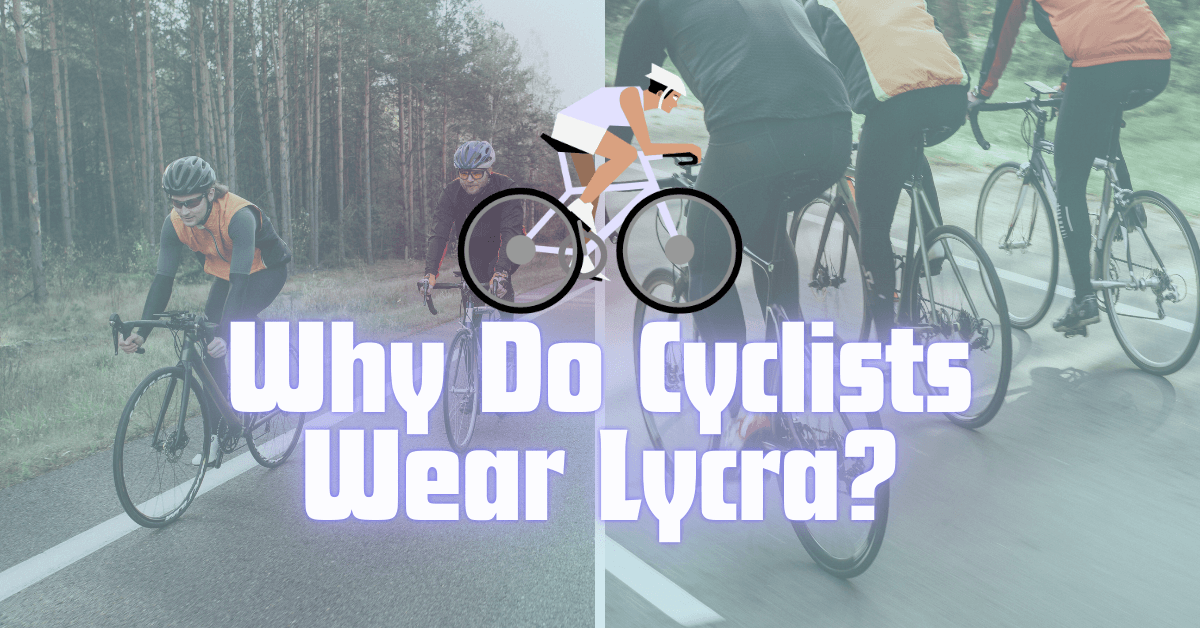The bloke running up the roadside, inches away from Tadej Pogačar and Jonas Vingegaard as they battled for supremacy on the Col De Joux Plane, stage 14 of the 2023 Tour de France, was not wearing very much. Just a tan, a bush hat and orange shorts rolled down to reveal the bright white cheeks of his bottom as he yelled in the faces of the riders, so close, I am certain they would have smelled his boozy breath and felt flecks of spit on their faces.

I am a massive fan of the Tour de France. My respect for the riders is bottomless. I marvel every year at the lovingly curated shots of stunning countryside and gorgeous chateaux. I revel in the drama and emotion of every stage and I cried my eyes out when Mark Cavendish finally succeeded in winning his record 35th stage in last years race.
Read more: TV time before TdF time? Here are some cycling-related documentaries to get you ready for this year’s edition.
But I fear for the race, the spectacle. How can a race be true-run when some of those watching from the side of the road seem to have lost all perception of self-control? How can the race be safe?
The Plague of the Selfie Hunters
That same day on Joux Plane, the view of the riders obscured now by the pressing crowd, spectators gurned at their mobile phones, trying to get themselves and the passing riders in shot. Then spotting a TV camara, forgetting about the bike race altogether, pulling the same stupid faces for the benefit of the viewers at home.
My anxiety grows on days like these. How long before the barriers? Where are the security people and the police? Why was there no car, helping open the way. The pressing throng makes it impossible for the riders to attack. There is only one bike width between the crowds either side. Pogacar had been prevented from attacking the day before by the fans enveloping the riders. He had the legs, but the opportunity was closed to him. The chance of anything other than riding single file was impossible. Any attacks were off the agenda and for all we know, the course of the race was changed.
Embed from Getty ImagesHow can riders stay safe?
How long before one of the leading riders comes crashing down, like Lance Armstrong, snagged by a spectator on the road to Luz Ardiden in 2003. Riders are already badly hurt because these so-called fans just want a selfie and their split second of ‘fame’ or so they can call their Mum to ask if they were on TV. The internet is littered with reels of crashes where spectators have come into contact with riders.
The day after the dual on the Joux Plane, a spectator’s selfie-stick caused a huge pile-up in the peloton. This Olympic level stupidity could well have influenced the outcome of the race as for the first time, Sepp Kuss, bandaged from the fall, his jersey full of holes that revealed his bloody road rash, his skin, the colour of fresh mince, was not able to pace Vingegaard on the last climb, exposing his team leader to attacks from his rivals. This was job-one for Kuss. Any hope Vingegaard had of countering Pogačar was gone.
The plans and aspirations of so many riders were either ended or were severely bruised, just because some moron wanted a selfie.
At the 2021 Tour, a women in a bright yellow coat, stood at the side of the road, grinning at the camara, not even looking at the rapidly approaching peloton. She held a sign that said Hello Opi that made contact with Tony Martin of Jumbo Visma, causing him to swerve and pretty much the whole peloton to come crashing to the ground at sixty kilometres per hour. In the chaos, she tried to disappear, social media erupted. She must be identified and hunted down, the keyboard warriors were in full cry. A completely new set of dim-wits joined in to issue death threats. One thoughtless act left several riders so badly hurt, they could not continue.
Is Netflix to blame?
The GCN commentators blamed the Tour de France Unchained documentary for the swollen crowds that greeted the Tour in 2023. Not only will the idiots grinning at the camera, and the semi naked runners get coverage on Discovery+, they now have a chance to gain global recognition on Netflix too.
In the main, I suspect that these people know nothing about bike riding apart from what they might have seen on Tour De France Unchained. This program focuses on a few cycling megastars, now global sporting personalities, household names even, all because of this series. Their comments to camera are cut and pasted into sensationalised sound bites ladened with false jeopardy and garnished with manufactured rivalries, all seasoned with a running commentary that adds little to the understanding of this epic bike race.
Too often, the program misses the physical endeavour, the bravery and selfless actions, and the team work that is such an integral part of the magic of the race, preferring to create a circus show out of the greatest test of human endurance in the sporting calendar. It brings the kind of spectators who watch tennis only when Wimbledon is on, or athletics when the Olympic games comes around, every four years. The real cycling fans are those stood roadside respectfully cheering on their heroes on a cold and wet Sunday in Flanders, They are every bit as enthusiastic but they give the riders space to race.
Read more: This is how Netflix Unchained missed one of the best moments of the Tour de France.
At the Tour, the roadside jonnies, of course, want a glimpse of the people they have seen on TV, but must they act like pre-pubescent teens, screaming their heads off as if at a Taylor Swift concert? Oddly, this does not happen so much in the Giro or the Vuelta, Spectator’s who line the mountain roads, have often ridden up the hill on their own bikes. They know the riders because they have followed their fortunes for years.
Embed from Getty ImagesA Safe and True-Run Race
Because of the behaviour of the crowds, there needs to be a deal made, a pact of sorts. If the organisers of a race can’t make the race true-run and above all, safe for the riders, then the numbers at the road side need to be controlled. We may see the day where access to marquee climbs like Alpe D’Huez is by ticket only. The numbers will be controlled. This may threaten the very essence of the race and the crowds will dwindle, all passion and atmosphere lost. The gushing Netflix money tap will be reduced to a dribble.
There will be those who argue that big crowds, all the TV coverage, the publicity bandwagon, are all ‘good’ for the sport, but if in the promotion of the sport we lose the very things that makes the sport so special, where will the TV deals be then? I have stood at the road side to soak up the unique atmosphere, to catch a glimpse of my heroes as they pass,implausibly quickly. I have taken my son with me to inspire him too. A few idiots risk spoiling the sport we love.
If more money flows into the teams and some of it into the pockets of the riders, that can only be good news. Cycling is hard, hard, hard. The riders deserve the rewards. Some will even freely admit to being ‘in the entertainment business. But, like most professional sport, the pyramid has a very wide base and the pinnacle is very narrow indeed, with only a few stars at its very tip, reaping huge benefits from their endurance and skill.
The Tour De France feels garish, too loud, too bright, altogether too much. The Tour seems overly complicated after the simplicity and beauty of the Giro. Yes, France is a stunningly beautiful country as are Italy and Spain. The Giro respects the terrain, still brutally hard, the route is plotted with care to flow through the landscape without leaving a brightly coloured scar. The route often passes through places where the riders can pay proper respect to cycling stars of the past.
Embed from Getty ImagesParis Struts its Stuff
After three weeks of scenic splendour, the Tour comes towards its finale with a slow promenade through the dingey suburbs of Paris, the first kilometres for the benefit of the cameras. Riders sip champagne, and pose politely, happily,for the worlds press. Then the race bursts onto the Champs Elysees. If you sat down to draw or paint a more stunning back drop for a bike race, you could not possibly do it. Aerial shots of Hausman’s magnificent city are breathtaking, every view is familiar as Paris displays its opulence and beauty for the world to see, all the time crying ‘behold my magnificence’.
The race is secondary for a while as Paris struts its stuff. There is of course the obligatory breakaway, the false jeopardy of the will they/wont they catch the riders away up the road, and then the headlong rush of the last few laps followed by the dash across the Place de La Concorde and the finish line, thrilling, sprinters days, every one.
The last day of the Tour is always pure theatre. The race is usually won long before Paris, in the high mountains or during the time trial stage where the worthy winners always emerge. Pogacer took six stages last year, his rivals hammered by serious injuries in the run up to, or during the race. Last year, he again joined those who have stood on top of the podium, fittingly framed against the Arc De Triomphe. I breathed a sigh of relief that somehow, this magnificent, unmissable three weeks of drama had been won by the very best rider in the world right now.
Tour de France Unchained is a double-edged sword. If it brings new revenues into the sport, encourages starry eyed youngsters to get on their bikes, and enables the governing bodies to promote the sport around the globe, that is all good. I cannot wait for the 2025 race. But, if by attracting the crowds, the organisers lose control of the race, and a handful of spectators lose control of their senses, then the same races will have to be held behind safety fences, with fluorescent jacketed marshals every 2 meters, to hold back the pressing throng. I think the sport will be much the poorer for that.
Read more: Hear more from Mike, author of The Cycle Scribe, and other great Substack writers across our recommended Substacks. Check out the list here!










Leave a Reply